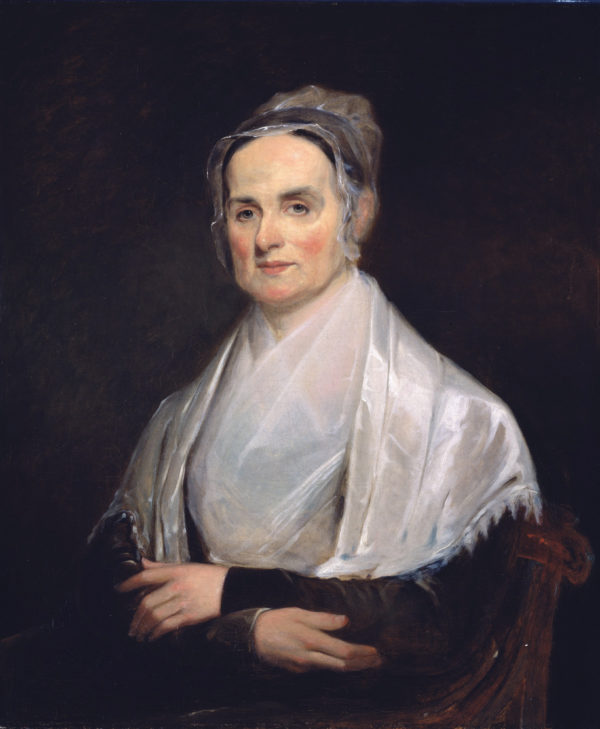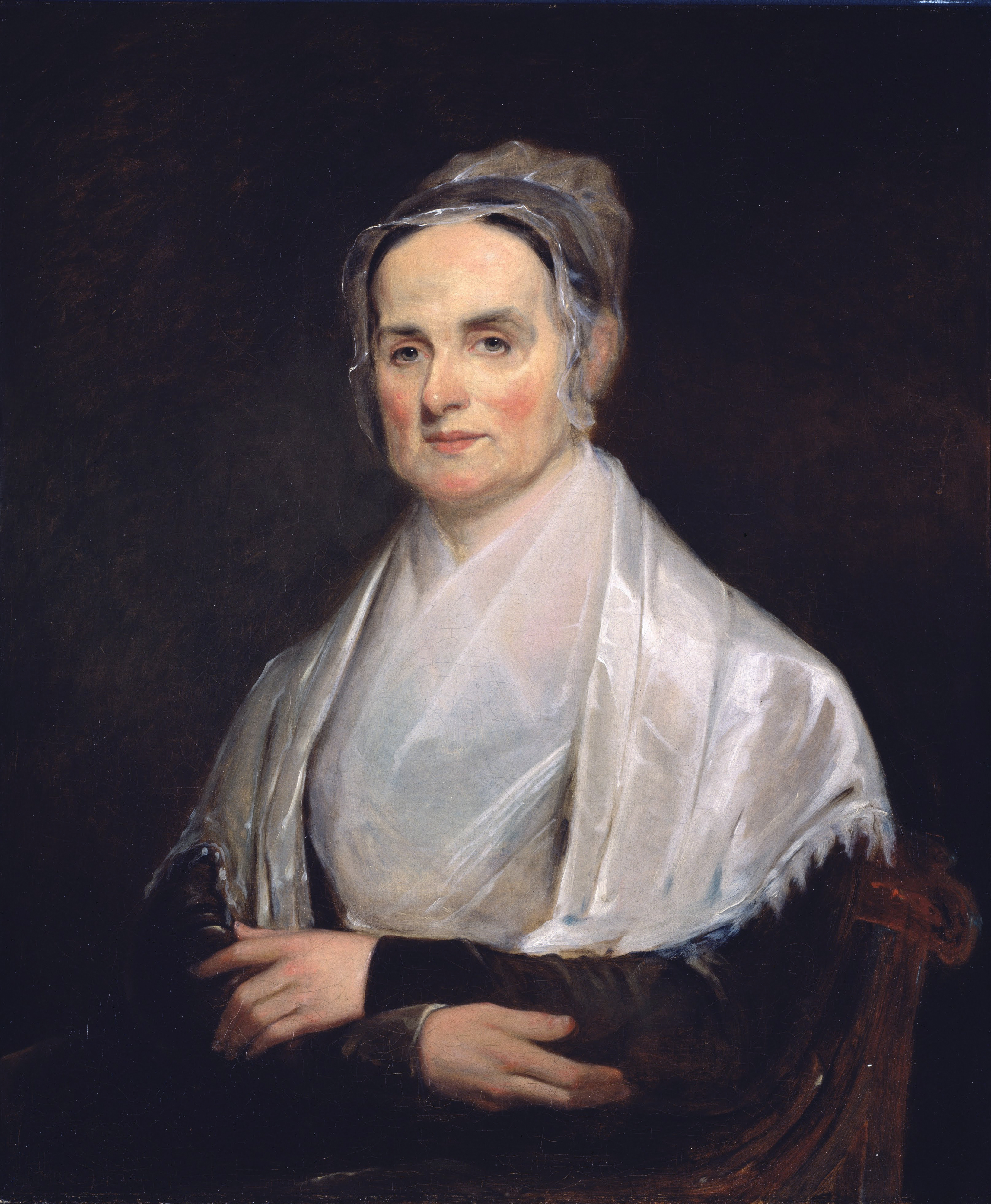
Lucretia Mott – Campaigner for Abolition, Advocate of Women’s Rights, Quaker Visionary
Lucretia Mott was born in 1793 and much of her long life was devoted to working for the abolition of slavery and the emancipation of women. Her life and work, is among those, which have shaped the world in which we live.

The significance of her contribution was recognised in when in 1923, when Alice Paul first introduced the equal rights amendment to the US Congress calling it ‘the Lucretia Mott amendment’. The amendment, which has still not been adopted into the U.S. Constitution, states in its first draft article:
Equality of rights under the law shall not be denied or abridged by the United States or by any state on account of sex.
Lucretia Mott, Elizabeth Cady Stanton, Susan B. Anthony and Lucy Stone are regarded as the primary movers of what became the first wave of the women’s movement in the United States.
Lucretia Mott as Abolitionist
Even before that, in the 1830’s, Lucretia Mott was among the ranks of women who advocated the abolition of slavery in the United States. This involved her not only in supporting an unpopular cause, but also in challenging unwritten rules limiting the public role of women. Women were not accepted as public advocates. Such constraints were ones that were not part of her own background, coming from a Quaker community that had given her the role of religious minister, and employed her as a teacher.
In 1833 she participated in the founding of Philadelphia Female Anti-Slavery Society. As the 1830’s moved on she was involved in the work of the Anti-Slavery Convention of American Women.
At the second meeting of the Convention in 1838, an angry mob gathered outside the Philadelphia Hall, where the meeting was being held. Eventually the unrest forced the meeting to close. Lucretia Mott and white and black women participating in the Convention walked arm in arm through the mob, to prevent the black women being attacked. Later that night Philadelphia Hall, which had only been opened three days before, was burned to the ground by the mob.
The prevailing social attitudes to women’s voices in mixed audiences is captured by the denial of a right to speak to one woman advocate which was put in the following terms by the chair.
No woman shall speak or vote where I am moderator. I will not countenance such an outrage on decency. I will not consent to have women lord it over men in public assemblies. It is enough for women to rule at home … Where woman’s enticing eloquence is heard, men are incapable of right and efficient action. She beguiles men and blinds men by her smiles … I had enough of woman’s control in the nursery. Now I am a man, I will not submit to it.
The meeting supported this attitude, voting to silence Abbey Foster, an early abolitionist.
Nonetheless, Lucretia Mott’s leadership among abolitionists was reflected in her being being asked to attend, along with her husband, James Mott, and three other women, as Philadelphia’s representatives to the 1840 World Anti-Slavery Convention which was to be held in London.
When she arrived there however, she and the other women were refused the right to speak, simply on the grounds of their gender.
The injustice of the decision from such a forum was underlined by some of the American male delegates, who spoke for their female fellow delegates. They argued that the women were critical to the abolitionist movement in America.
If in the legislature [of Massachusetts] I have been able to do anything in the furtherance of this cause [abolition] … it is mainly owing to the women … My friend George Thompson, yonder, can testify to the faithful services rendered to this cause by those same women. He can tell you that when “gentlemen of property and standing,” in broad day and broad cloth, undertook to drive him from Boston, putting his life in peril, it was our women who made their own persons a bulwark of protection around him. And shall such women be refused seats here?1
Lucretia Mott and the Emancipation of Women
It was at that Convention that Lucretia Mott met Elizabeth Cady Stanton, then a young woman. The experience of their exclusion served as a catalyst for action by Mott and Stanton. They decided to hold a convention when they returned home to advocate the rights of women.
By 1848, Mott and others had encouraged and joined Stanton in calling a conference at Seneca Falls (a remote town in upstate New York not far from Lake Ontario). That meeting marked the beginning of the American women’s movement.
The meeting adopted the “Declaration of Sentiments”. It was framed to mirror the language of the U.S. Declaration of Independence and included a catalogue of deprivations, demanding among other things women’s suffrage. Sixty-eight women signed the Declaration, including Mott herself, with the support of 38 men, including Frederick Douglass. Douglass was himself a leading African American campaigner for abolition, having himself escaped from slavery.
The following illustrates the Declaration’s advocacy:
The history of mankind is a history of repeated injuries and usurpations on the part of man toward woman, having in direct object the establishment of an absolute tyranny over her. To prove this, let facts be submitted to a candid world.
He has never permitted her to exercise her inalienable right to the elective franchise.
He has compelled her to submit to laws, in the formation of which she had no voice.
He has withheld from her rights which are given to the most ignorant and degraded men – both natives and foreigners.
Having deprived her of this first right as a citizen, the elective franchise, thereby leaving her without representation in the halls of legislation, he has oppressed her on all sides.
He has taken from her all right in property, even to the wages she earns.
He has monopolized nearly all the profitable employments, and from those she is permitted to follow, she receives but a scanty remuneration.
He closes against her all the avenues to wealth and distinction, which he considers most honorable to himself. As a teacher of theology, medicine, or law, she is not known.
He has denied her the facilities for obtaining a thorough education – all colleges being closed against her.
He has endeavored, in every way that he could to destroy her confidence in her own powers, to lessen her self-respect, and to make her willing to lead a dependent and abject life.
Now, in view of this entire disfranchisement of one-half the people of this country, their social and religious degradation, – in view of the unjust laws above mentioned, and because women do feel themselves aggrieved, oppressed, and fraudulently deprived of their most sacred rights, we insist that they have immediate admission to all the rights and privileges which belong to them as citizens of these United States.
(extracts from the Declaration of Sentiments)2
Apart from anything else, the Declaration gives us a clear picture of the legal and social deprivations of women that were considered normal and acceptable in nineteenth century American society.
Mott was to continue her advocacy of gender equality for many years, taking part in a stream of conventions and organizations working towards that goal.
A New Female Identity
Some insight to Lucretia Mott’s thought can be gained from her December 1849 Discourse on Women. She was conscious of the role of identity in the struggle for women’s liberation.
She saw both women’s self-conception and the conception of women imposed by society, as powerful barriers to women’s progress.
Nor did she shrink from stating the implications of equality between the sexes.
Image
Wikipedia Creative Commons






